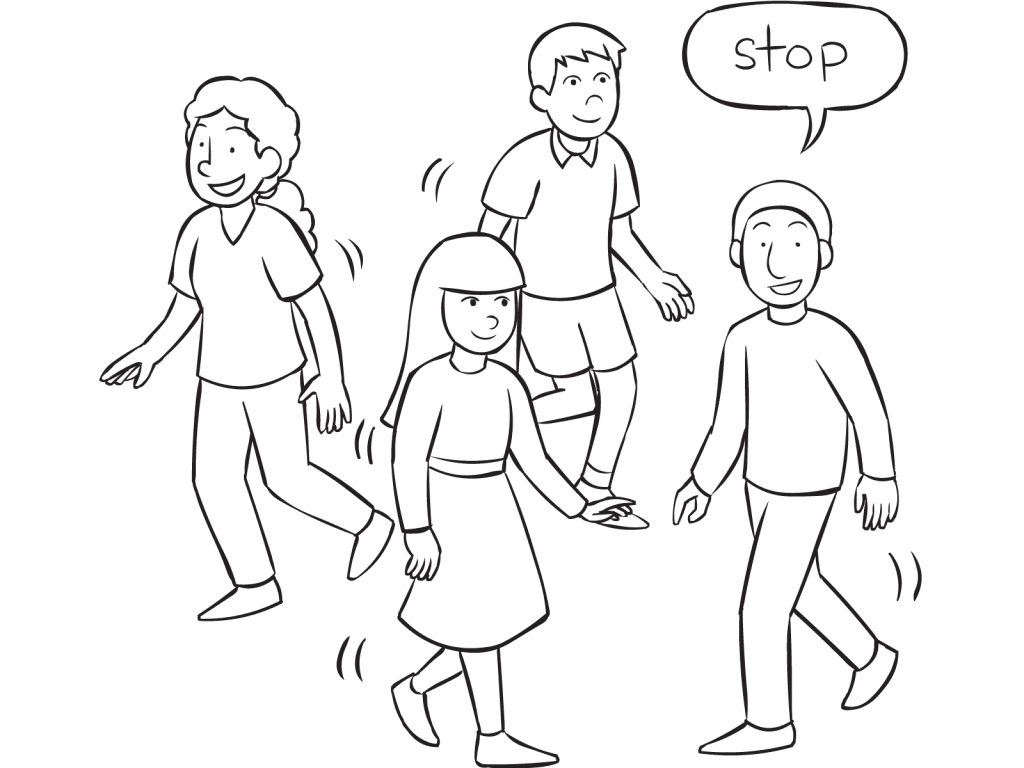Save to Playlist
Step-by-Step Instructions
Video Tutorial Premium
How To Play Narrative Premium
Practical Leadership Tips Premium
Social-Emotional Learning Premium
Health & Wellness Programming Premium
Popular Variations Premium
Virtual Adaptation Premium
You Might Also Like... Premium
Useful Framing Ideas Premium
Reflection Tips & Strategies Premium
Program Templates Premium
Source Premium

No Props No Problem
Brand NEW book featuring 150+ outrageously fun group games & activities. Scan QR codes to connect to tons of digital content including video tutorials.
Add to Cart
NEW – No Props No Problem
The best-selling book featuring 150+ outrageously fun group games & activities. Scan QR codes to access exclusive digital content including video tutorials.

Free Ice-Breakers & Group Games
Ten of the best no-prop, interactive ‘get-to-know-you’ games & activities. 100% fun, your group will love ’em. Our most successful giveaway, 10,000+ downloads so far…
Top Ten Icebreakers & Group Games
Download our free 28-page ebook jam-packed with outrageously fun activity ideas.
Just one more question:
I am interested in…
Choose a plan that’s right for you
We offer a range of membership plans with no surprises.
Click an option below & discover our simple pricing.

Individual
Click here if you’re a:
- Teacher
- Corporate trainer
- Outdoor educator
- Camp leader
- Youth leader
- Conference organiser
- Therapist/counsellor
Membership Plans

Enterprise
Click here if you represent a:
- School
- Corporation
- Community-based Organisation
Explore plans for
10, 50, 200 or more
potential users
Membership Plans






question – when you get to the step to add in Name, and Clap – do you keep the Stop and Walk in the reverse form still?
or do you resume Stop means Stop. Walk means walk. And then add in Name and Clap?
At any point are all four labels mixed up in one round of 30 seconds . . . as in Stop = Walk. Walk = Stop. Name = Clap. Clap = Name. ?
Amy, in short, yes. Yes, I keep building on the earlier commands (in whatever form) each time I add new commands. And Yes, by the time I have introduced all six commands, everything is in reverse.
I have done this activity many times and I frame it as an activity talking about adapting to change and how something so simple can be complex, but even though it is difficult at first we slowly get better as we go. For advanced groups I add Jump and Spin to the other 4.
Great activity.. THanks Mark
Thanks for sharing Silvio. And I love your adaptation. Keep up the fun.
great activity to look in the light of assumption of knowledge and relearning new skills or environments and playing with meanings.. When meanings are changed or we enter a new environment or learn a new skill, it takes time to adjust and this activity can demonstrate this quite well. lots of fun and super confusing as you add more layers..
This is such an awesome session particularly for concentration and the importance of decision making in sport.
Mark, I tried this, this is an excellent activity , especially as an ‘in betweener’… would need a PA system though for a larger group….